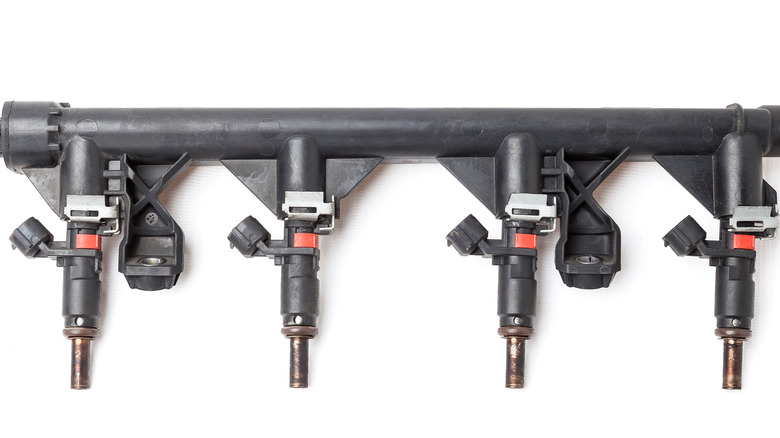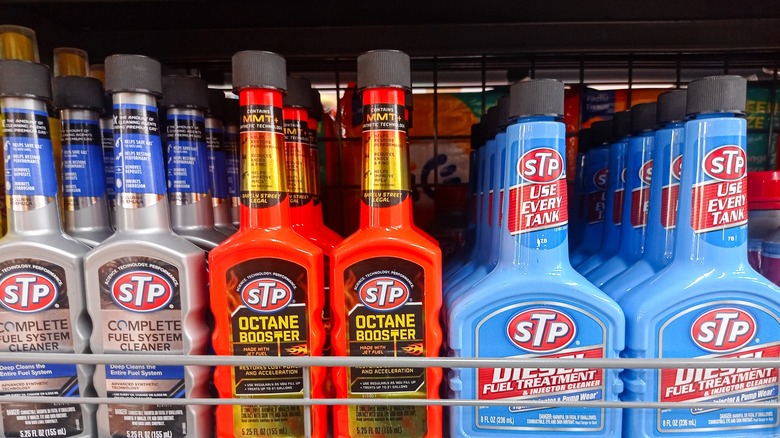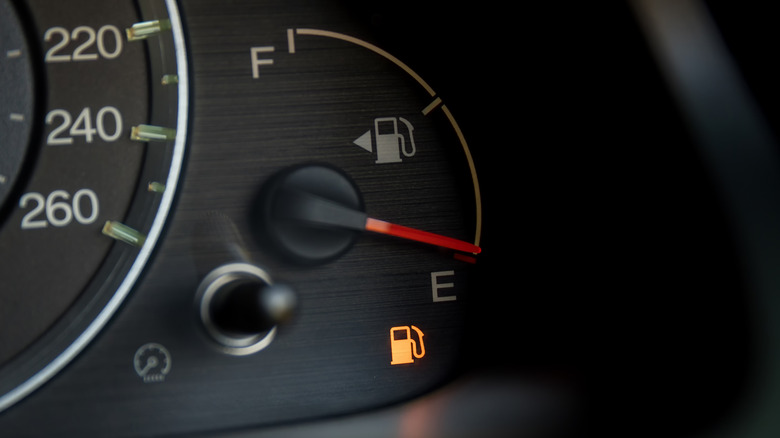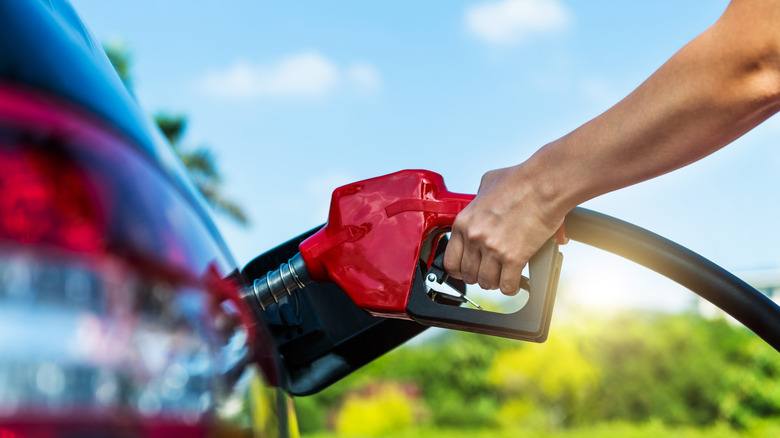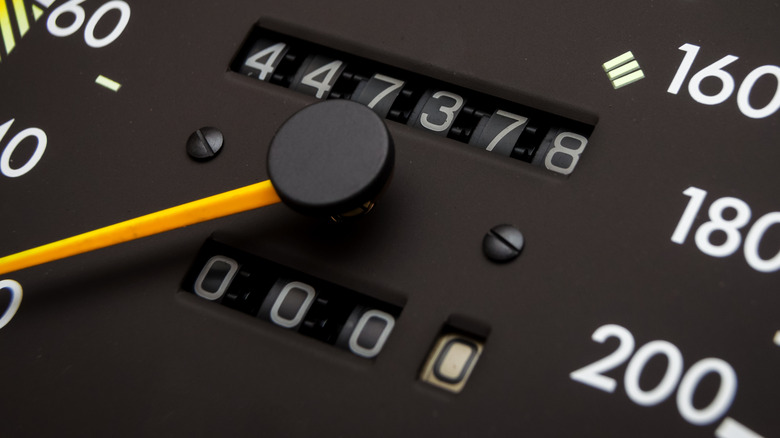How To Clean Fuel Injectors: 5 Tips And Tricks
There are many things that can degrade your vehicle's performance over time, from a dirty air filter and low tire pressure, to fouled spark plugs and worn out plug wires.
However, nothing will rob your vehicle of fuel efficiency and performance quite like clogged fuel injectors. Some common signs of dirty fuel injectors include hesitation while accelerating, stumbling at highway speeds, and/or rough idling. Your vehicle might also stall at stoplights or be hard to start, especially when the engine is cold.
While sometimes a tank of substandard gas or past-its-prime fuel filter are to blame, the tiny passageways in modern fuel injectors can become obstructed under normal driving circumstances, and should be cleaned out if you start to notice a degradation in fuel economy or performance.
Fortunately there are many DIY solutions you can try before seeking out more involved and expensive professional strategies for cleaning your fuel injection system. Here are five things to keep in mind if you suspect you might have dirty fuel injectors.
Diesel and gas injector cleaners are not the same
Standing in front of the wall of fuel injector cleaners at your local auto parts store might seem overwhelming. Be careful to choose the right product for your engine's fuel type, as the formulations for diesel and gas injector cleaners are different.
Popular and effective fuel injector cleaners and fuel treatments, for both gasoline and diesel engines, can be found at auto parts stores everywhere, as well as Walmart and Amazon. Some trusted brands for cleaning fuel injectors include STP, Gumout, Lucas Oil, Chevron, and LiquiMoly.
Diesel vehicle owners can also find a wide supply of products suitable for their engines at Tractor Supply Co. stores nationwide. Most fuel injector cleaners cost only a few dollars for a five or six-ounce bottle, but you can buy many of them in quantities of up to five gallons. Once you have selected and purchased the right product, the next step is simply to drive until it's time to add it to your tank.
Start by draining your tank fairly low
To get the most out of the majority of in-tank fuel injector cleaners, it's best to drain your gas tank as close to empty as you are comfortable going. While you might suck up some debris from the bottom of the tank in the process, your fuel filter should trap it, and draining the tank ensures that the fuel injector cleaner will make it to the injectors relatively undiluted.
It's very important not to run the tank completely dry, however. Doing so will not only pull debris from the bottom of the tank into the fuel filter, and possibly into the fuel lines and injectors, but running the tank dry can damage or destroy your fuel pump. That will quickly turn a $5 routine maintenance exercise into a disaster that could cost you several hundred dollars and the use of your vehicle for an extended period of time.
Running the tank down to a level of about an eighth of a tank or a little less is ideal for the use of most fuel injector cleaners.
In-tank cleaners are simple to use
In-tank fuel injector cleaners are very easy to use. Once you have run your tank down to nearly empty and are ready to fill up again, open the bottle of injector cleaner and remove the protective foil covering the opening at the top of the bottle's neck.
Empty the entire contents of the bottle into your gas tank, and fill the tank. The cleaner will mix with the fuel, and once pressurized by the fuel pump, the mixture will circulate through the fuel injectors and the cleaner will do its job clearing the debris from your fuel system.
Most fuel injector cleaners contain chemicals like polyisobutylene, polyether amine, and polyisobutylene amine. These polymers not only clear carbon and other deposits from your injectors and engine cylinders, but can help prevent further deposits from forming in the future. Some fuel injector cleaners will also help remove moisture that forms in fuel lines when a vehicle sits unused for a long period of time.
Clean your fuel injectors (relatively) regularly
Since the cost of fuel injector cleaner treatment and the effort involved is minimal, you might wonder how often you should be cleaning your injectors. This is a highly debated topic, with the instructions on some products suggesting you use a bottle with every fill-up. If you consult sources who aren't trying to sell you more fuel injector cleaner, you'll find different answers.
Autoweek recommends once every 3000 miles, and J.D. Power even says that is too often, and you can wait a year or until 15,000 or 30,000 miles have gone by before pouring another bottle of injector cleaner into your tank. J.D. Power also points out that the quality of the fuel that goes into your vehicle is important, and suggests you check it before filling up, but offers no advice on exactly how to do that outside of going to a gas station.
If in-tank cleaners aren't enough
If you have an older vehicle or one that has been fed several tanks of bad fuel, sometimes even several rounds of treatment with an in-tank fuel injector cleaner aren't enough to clear out clogged injectors. In fact, the treatment often simply dislodges particles that end up in the nozzles of your injectors, causing more problems.
In this case, it could be time for a more aggressive approach. Seafoam makes an engine cleaning spray that requires you to remove your vehicle's air cleaner and apply the product directly into the throttle body, then drive your vehicle for a while to circulate the cleaner throughout the fuel and air intake system.
The Seafoam treatment is a two-person operation that takes about 10 minutes to complete, and can help clean the throttle body, intake valves, fuel injectors, pistons, rings, and cylinder walls. The Seafoam engine treatment also comes with a bottle of in-tank cleaner to help the process along.
